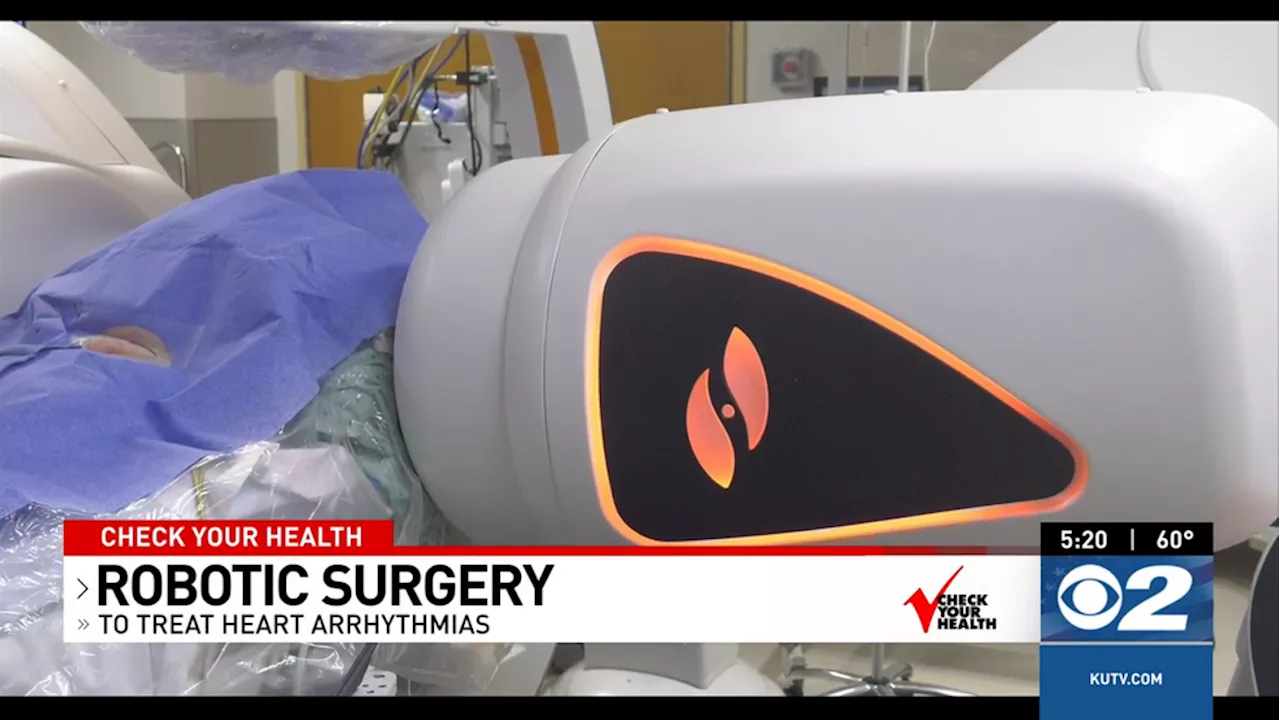Researchers have developed a haptic device capable of reproducing the softness of various materials, from a marshmallow to a beating heart, overcoming a deceptively complex challenge that has previously eluded roboticists.
The perception of softness can be taken for granted, but it plays a crucial role in many actions and interactions -- from judging the ripeness of an avocado to conducting a medical exam, or holding the hand of a loved one. But understanding and reproducing softness perception is challenging, because it involves so many sensory and cognitive processes.
With SORI , the RRL, led by Jamie Paik, has achieved just that. By decoupling cutaneous and kinesthetic cues, SORI faithfully recreate the softness of a range of real materials, filling a gap in the robotics field enabling many applications where softness sensation is critical -- from deep-sea exploration to robot-assisted surgery.
With this novel decoupling of kinesthetic and cutaneous functionality, SORI succeeded in recreating the softness of a range of materials -- including beef, salmon, and marshmallow -- over the course of several experiments with two human volunteers. It also mimicked materials with both soft and firm attributes . In one virtual experiment, SORI even reproduced the sensation of a beating heart, to demonstrate its efficacy at rendering soft materials in motion.
"This is not intended to act as a softness sensor for robots, but to transfer the feeling of 'touch' digitally, just like sending photos or music," Mete summarizes.Chicago
United States Latest News, United States Headlines
Similar News:You can also read news stories similar to this one that we have collected from other news sources.
 Robotic Hip 'Exoskeleton' Helps With Stroke RehabA new robotic hip exoskeleton could help stroke patients improve their walking stride, a new study shows.
Robotic Hip 'Exoskeleton' Helps With Stroke RehabA new robotic hip exoskeleton could help stroke patients improve their walking stride, a new study shows.
Read more »
 Check Your Health- Robotic Surgery to Treat Common Heart DisorderHeart doctors at Intermountain Medical Center in Murray are the first in Utah to perform a treatment for patients suffering from a common heart condition using
Check Your Health- Robotic Surgery to Treat Common Heart DisorderHeart doctors at Intermountain Medical Center in Murray are the first in Utah to perform a treatment for patients suffering from a common heart condition using
Read more »
 Robotic-assisted surgery for gallbladder cancer as effective as traditional surgeryEach year, approximately 2,000 people die annually of gallbladder cancer (GBC) in the U.S., with only one in five cases diagnosed at an early stage. With GBC rated as the first biliary tract cancer and the 17th most deadly cancer worldwide, pressing attention for proper management of disease must be addressed.
Robotic-assisted surgery for gallbladder cancer as effective as traditional surgeryEach year, approximately 2,000 people die annually of gallbladder cancer (GBC) in the U.S., with only one in five cases diagnosed at an early stage. With GBC rated as the first biliary tract cancer and the 17th most deadly cancer worldwide, pressing attention for proper management of disease must be addressed.
Read more »
 New AI model could streamline operations in a robotic warehouseResearchers applied deep-learning approaches from vehicle routing to streamline planning trajectories for robots in an e-commerce warehouse. Their method breaks the problem down into smaller chunks and then predicts the best chunks to solve with traditional algorithms.
New AI model could streamline operations in a robotic warehouseResearchers applied deep-learning approaches from vehicle routing to streamline planning trajectories for robots in an e-commerce warehouse. Their method breaks the problem down into smaller chunks and then predicts the best chunks to solve with traditional algorithms.
Read more »
 LAPD reports 2 more uses of its robotic dogSWAT officers reported using the dog during one standoff in an apartment building; again with an armed man on a bus
LAPD reports 2 more uses of its robotic dogSWAT officers reported using the dog during one standoff in an apartment building; again with an armed man on a bus
Read more »
 Creating Biohybrid Robotic Jellyfish for Ocean ExplorationCaltech researcher Jahn Dabiri is modifying jellyfish to create biohybrid robotic jellyfish for autonomous ocean exploration. These cyborg jellies have enhanced swimming capabilities and are equipped with electronics to collect data about temperatures, oxygen levels, and salinity.
Creating Biohybrid Robotic Jellyfish for Ocean ExplorationCaltech researcher Jahn Dabiri is modifying jellyfish to create biohybrid robotic jellyfish for autonomous ocean exploration. These cyborg jellies have enhanced swimming capabilities and are equipped with electronics to collect data about temperatures, oxygen levels, and salinity.
Read more »
